INTRODUCTION
The pancreas is divided into five parts including the head, uncinate process, neck, body, and tail. The head of the pancreas lies to the right of the superior mesenteric artery. The uncinate process is a variable posterolateral extension of the head that passes behind the retropancreatic vessels and anterior to the inferior vena cava and aorta. The neck is defined as the portion of the gland overlying the superior mesenteric vessels. The body and tail lie to the left of the mesenteric vessels; there is no meaningful anatomic division between the body and tail.
FUNCTION
The pancreas is a compound exocrine and endocrine gland located in the retroperitoneum at the level of the second lumbar vertebrae. Exocrine pancreatic secretion is composed of enzymes, water, electrolytes and bicarbonate, which are delivered to the duodenum via the pancreatic duct of Wirsung and aid with digestion. Endocrine secretions include insulin, glucagon, and somatostatin from the islets of Langerhans, A cells, and D cells, respectively. Removal of up to 90 percent of the mass of the pancreas can be performed without resulting in diabetes.

